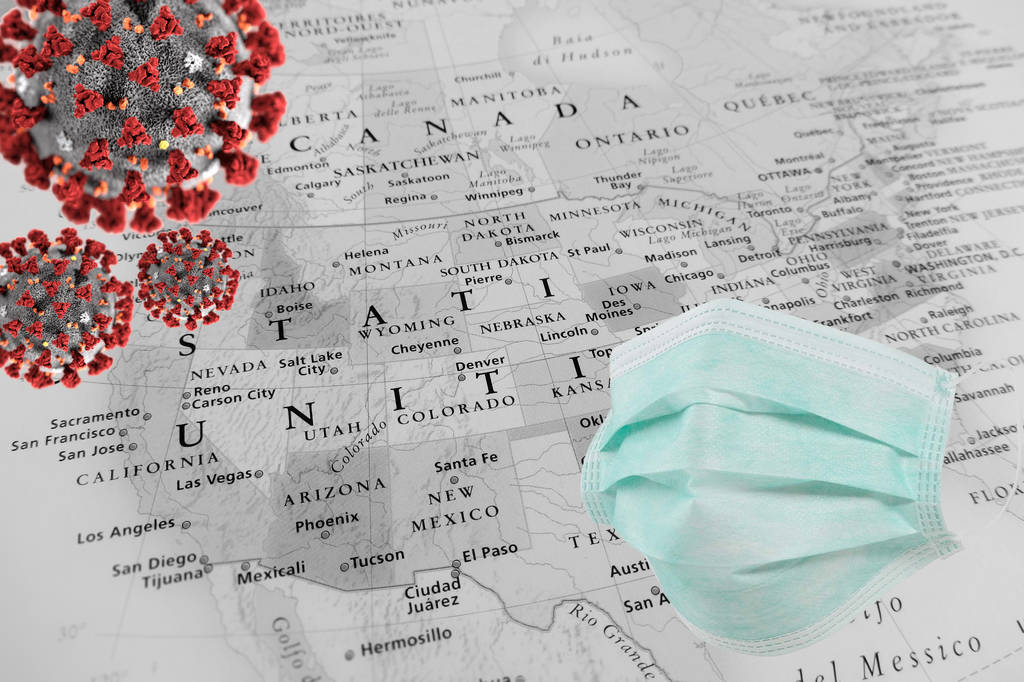Coronavirus is on everyone’s mind. It’s emerging as a presence in more states every day. The media is flush with reports of quarantines, travel restrictions, public event cancellations and predictions of economic recession. How seriously should be we take the threat? Should our organizations change plans or tactics? Should we make contingency plans?
Coronavirus could become a full-blown pandemic with massive impacts and disruptions. It could also taper off and/or be well-controlled by vaccination and quick isolation of the most directly affected.
As of this writing—first days of March—it’s early days in the arc of developments. There is ample evidence that institutions—in government, health care, education, and financial markets—are deeply concerned and anticipating major impact. Major conferences have been cancelled. Trump has downplayed the threat and his Administration has responded anemically. The stock markets dropped nearly 15% the last week of February, then partially recovered, then attempted to rally further (when the Federal Reserve cut interest rates .5%), but immediately reversed course and lost ground again. The only certainty seems to be uncertainty and volatility.
When and how to plan
The planning challenge is complex and multi-faceted. It involves the short, medium and long-term and lots of “what ifs.” In the end, there’s much guess work and balancing. But there’s also important value in reviewing assumptions, identifying alternatives and setting and sharing out deadlines for decision (e.g., to change/cancel a planned activity).
Here are key themes and questions that can guide our thinking:
-
How to think about “risk” generally
-
A quest for precise calculation will likely be futile.
-
Instead, consider estimating whether risk is “low”, “medium” or “high”.
-
As much as practical, visualize how the risk would manifest. For example, a “low” risk might signify that a drop-off in participation is estimated to be limited.
-
At this stage, usefully estimating risks more than a month away is probably too speculative. Instead, set a date for a check-in with key decision-makers.
-
-
Is a planned action or gathering still viable and worthwhile?
-
Do most participants feel comfortable gathering (and traveling)?
-
If an action’s success depends on media attention, is the target media preoccupied with coronavirus reporting (e.g., local quarantines, school or business closures, travel restrictions, etc.)?
-
If public officials are key participants, are they preoccupied with health and public message response?
-
Would the action (still) have worthwhile impact if conducted virtually or if postponed?
-
If there is planning lead time (e.g., the activity is weeks or months away), what is the key deadline for deciding whether to proceed? Travel costs/commitments and staff time on event stand-up are major elements of this calculation.
-
In case of postponement or cancellation, is there a message fashioned so as not to add alarm?
-
Is there a “rapid response” plan in case the action is preempted or disrupted last minute?
-
-
Must-do activities: Census and voting
-
For elections:
-
In-person contact can be reduced by encouraging voters to request absentee ballots rather than planning to vote in-person. This could require a concerted outreach campaign (though some states, like Oregon, are already entirely “vote-by-mail”.)
-
Early voting could feel safer than Election Day voting in that voters would likely encounter smaller crowds and shorter waits
-
Though it might sound outlandish, imagine canvassing that includes handing out “branded” hand sanitizer mini-dispensers (and using them in each interaction.
-
-
For the Census. On-line participation is already being widely promoted. Preserving public and personal health is a newly-relevant message to encourage that mode, eliminating the need for a Census worker to pay a personal visit.
-
Stress the “Must Do’s” message. We must reinforce the notion that it’s about “how”, not “if” one will participate. The stakes are simply too high to think or act otherwise.
-
-
The economy and its impacts on use of resources
-
Re-consider organizational expenditures. If the crisis becomes acute or long-lasting, the economy is more likely to enter a recession. This would likely accelerate a dynamic of pull-back in spending and possibly in foundation funding (due to losses in investments). It’s another consideration in whether to proceed with previously planned activities. If not “Must-Do”, better, perhaps, to re-tool (see below) or postpone in order to conserve resources.
-
Monitor economic effects in the community.
-
In other countries and limitedly in the U.S., we’ve already seen lay-offs and furloughs, closures, runs on basic supplies, and higher/unplanned medical costs.
-
We’ll most likely see scams, price gouging, racially-based targeting of workers and the like.
-
A contingency plan for responding, including requests/demands, such as paid leave, seems important.
-
What are leading indicators? Seattle has the misfortune of being in the vanguard of most-affected localities. For the rest of us, it serves as a “preview” of concentrated impact and response. Other salient indicators would be a possible pull back in Spring Break travel and possible cancellations of commencement and graduation gatherings. Either or both could quickly have a cascading effect.
-
-
-
Activities and messages that “meet the moment” and affirm our communities
-
Re-voice our agenda to speak to what’s on folks’ minds. Re-frame “support immigrant rights” or “don’t discriminate/scapegoat immigrants” as “All of us are safer when all of us are involved and protected.”
-
“Caring for those doing the ‘caring’”. Health care workers—including home care—are on the front lines, as are their unions, local health officials, first responders, teachers, mayors, and more. We should lift up messages of appreciation, cooperation, validation (of their requests and directives), and stories of successes.
-
“Health safety for everyone” activities. If our previously planned activities need to be shelved or down-scaled—and even if not, we can create alternative paths for continued community engagement under this banner. Such activities would also serve as vehicles for keeping our high-priority messages visible and in circulation (e.g., voting, Census participation).
-
Advocating big structural change becomes a heavier lift. Another casualty this year may be the momentum generated by presidential candidates Bernie Sanders and Elizabeth Warren for major re-structure of the economic and health care systems. Fear of pandemic may sharply decrease receptivity to embracing these causes as poorly timed.
-
In summary, there are already enough indications that Coronavirus and the responses to it could rival the 9/11 attacks or the 2008 financial crisis. Though the politics of our era have heaped boundless stress and challenge on us, our defense of self, of organization and of community calls upon us to pause and make a plan.
As we say at the CAPACES Leadership Institute, Asi Se Puede—Thusly “We Can”.

